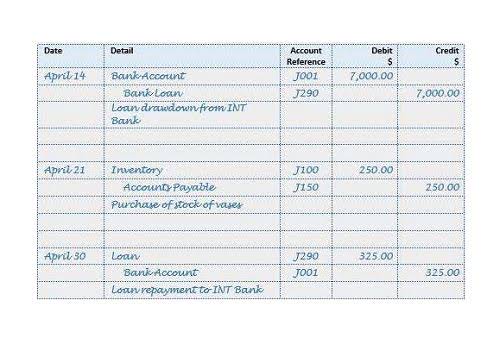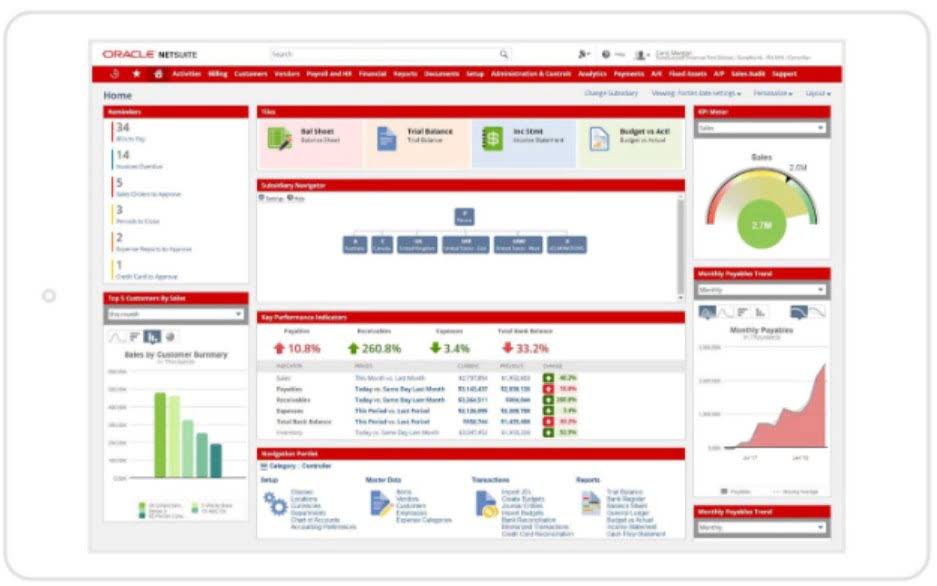This portion of the balance sheet is composed of several distinct accounts, each providing specific information about the sources of a company’s equity. This account includes the total amount of long-term debt (excluding the current portion, if that account is present under current liabilities). This account is derived from the debt schedule, which https://www.bookstime.com/articles/vendor-master-data-management outlines all of the company’s outstanding debt, the interest expense, and the principal repayment for every period. On the right side, the balance sheet outlines the company’s liabilities and shareholders’ equity. Significant changes in other comprehensive income may result from market volatility affecting foreign currency adjustments or investment valuations. Companies operating in multiple jurisdictions might experience pronounced equity shifts due to currency fluctuations or changes in international accounting standards.
What Is Shareholder Equity (SE)?
The difference between the statement of owner’s equity and the cash flow statement (CFS) is that the former portrays the changes in a company’s equity over a period in more detail. The changes which occurred in stockholders’ equity during the accounting period are reported in the corporation’s statement of stockholders’ equity. Net income or net loss for the current period, sourced from the income statement, directly impacts retained earnings.
Components
Finally, the ending balances of each column are added horizontally to calculate the total ending stockholders’ equity, which must match the equity total on the period-end balance sheet. Treasury stock consists of shares that the corporation has repurchased from the open market. These shares are no longer considered outstanding and are held in the treasury. Treasury stock is recorded as a contra-equity account, meaning it has a debit balance and reduces total stockholders’ equity. Net income, a company’s profit after all expenses and taxes, increases stockholders’ equity. This occurs because net income is added to retained earnings, a component of equity.
What Is a Statement of Shareholders’ Equity?
Net income for the period is added to the retained earnings column, while a net loss is subtracted. Dividends declared and paid are then subtracted from the retained earnings column. Any other gains and losses not recognized in the income statement may be presented in the statement of changes in equity such as actuarial gains and losses arising from the application of IAS 19 Employee Benefit. This represents the profit or loss attributable to shareholders during the period as reported in the income statement.
Importance of a Balance Sheet
Banks, lenders, and other institutions may calculate financial ratios based on balance sheet line items to gauge how much risk a company carries, how liquid its assets are, and how likely the company is to remain solvent. Employees usually prefer knowing their jobs are secure and that the company they are working for is in good health. Shareholder equity is the money attributable to the owners of a business or its shareholders.
The statement of change in equity displays a connection between the income statement and the balance sheet of the business. Other gains and losses (such as actuarial gains and losses) that are not recognized in the statement of comprehensive income may be presented in the statement of stockholder’s equity. The equity section of a company’s balance sheet, and the Statement of Stockholders’ Equity, comprises distinct components. They collectively indicate the company’s residual value after all liabilities. The number of shares authorized is the number of shares that the corporation is allowed https://www.mckflooring.com/top-bookkeeper-job-titles-for-2025-trends-and/ to issue according to the company’s articles of incorporation. The number of shares issued refers to the number of shares issued by the corporation and can be owned by either external investors or by the corporation itself.
How to calculate shareholders’ equity
The change in stockholders’ equity is calculated by starting with the balance from the beginning of the period and then adjusting for the period’s activities. statement of stockholders equity definition The company’s net income is added, while any dividends paid out are subtracted. The calculation is also adjusted by adding proceeds from new stock issuances and subtracting the cost of stock repurchases. The statement of stockholders’ equity breaks down total equity into several core components. Each plays a unique role in reflecting how ownership value is built, maintained, or reduced over time. For instance, an investor might refer to this statement to see whether a company’s shareholder value increased after a successful fiscal year.
- That said, income shouldn’t be your only focus if you want a genuine idea of how your operations are faring.
- The initial point is to be familiar with the opening balance of the account as that indicates the sum of the stockholder’s equity investments at the beginning of the recording time.
- Movement or changes in the capital structure and value is captured in the Stockholders’ equity statement.
- The statement’s heading should include the company name, the statement title, and the accounting period to prevent confusion when reviewing financial statements later.
- The cash flow statement (CFS) is, therefore, more comprehensive with regard to understanding the financial health of a company, but does not offer the same type of transparency into any specific line item.
- This is distinct from the income statement which can provide details of sales, and profitability for the period.
Key Components
- Through years of advertising and the development of a customer base, a company’s brand can develop an inherent value.
- There are four key dates in terms of dividend payments, two of which require specific accounting treatments in terms of journal entries.
- After accounting for all changes, the ending balance for each equity component is calculated by summing the beginning balance with all additions and subtractions.
- These shares are often recorded at a nominal par value, which rarely reflects the actual market price.
- The reinvestment from the shareholders indicates their attitude towards the company, which is positive if the performance is good and as expected.
Looking at a single balance sheet by itself may make it difficult to determine whether a company is performing well. For example, imagine a company reports $1,000,000 of cash on hand at the end of the month. Without context, a comparative point, knowledge of its previous cash balance, and an understanding of industry operating demands, knowing how much cash on hand a company has yields limited value. Additional paid-in capital or capital surplus represents the amount shareholders have invested in excess of the common or preferred stock accounts, which are based on par value rather than market price. Shareholder equity is not directly related to a company’s market capitalization. The latter is based on the current price of a stock, while paid-in capital is the sum of the equity that has been purchased at any price.
If a company takes out a five-year, $4,000 loan from a bank, its assets (specifically, the cash account) will increase by $4,000. Its liabilities (specifically, the long-term debt account) will also increase by $4,000, balancing the two sides of the equation. If the company takes $8,000 from investors, its assets will increase by that amount, as will its shareholder equity. These revenues will be balanced on the assets side, appearing as cash, investments, inventory, or other assets.
The Purpose of the Statement of Shareholders’ Equity Is to Track Ownership Changes
A partnership is a legal form of business that is owned by two or more individuals called partners. The only difference is that each partner has their own capital and drawing accounts. Retained earnings represent the accumulated profits of the company that have not been distributed to shareholders in the form of dividends. Reconciling these balances ensures that the financial statements are internally consistent and accurate. The initial point is to be familiar with the opening balance of the account as that indicates the sum of the stockholder’s equity investments at the beginning of the recording time. Even though this calculation can be seen on a balance sheet of a particular business, yet it does not list the details of the variations occurring in the equity during that period.





